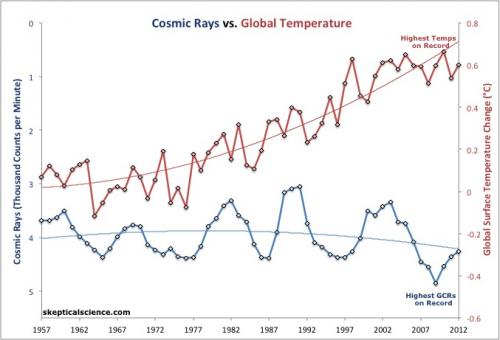 Arguments
Arguments
 Software
Software
 Resources
Comments
Resources
Comments
 The Consensus Project
The Consensus Project
 Translations
Translations
 About
Support
About
Support


Latest Posts
- How climate change broke the Pacific Northwest’s plumbing
- Fact brief - Do solar panels generate more waste than fossil fuels?
- Zeke's 2026 and 2027 global temperature forecasts
- 2025 SkS Weekly Climate Change & Global Warming News Roundup #51
- Skeptical Science New Research for Week #51 2025
- What are the causes of recent record-high global temperatures?
- Fact brief - Are toxic heavy metals from solar panels posing a threat to human health?
- Emergence vs Detection & Attribution
- 2025 SkS Weekly Climate Change & Global Warming News Roundup #50
- Skeptical Science New Research for Week #50 2025
- The rest of the world is lapping the U.S. in the EV race
- Fact brief - Are electromagnetic fields from solar farms harmful to human health?
- Comparing climate models with observations
- 2025 SkS Weekly Climate Change & Global Warming News Roundup #49
- Skeptical Science New Research for Week #49 2025
- Climate Adam & Dr Gilbz - Paris Climate Agreement At 10: Did It Do Anything?
- Fact brief - Does the recent slowdown in Arctic sea-ice extent loss disprove human-caused warming?
- Why the chemtrail conspiracy theory lingers and grows – and why Tucker Carlson is talking about it
- 2025 SkS Weekly Climate Change & Global Warming News Roundup #48
- Skeptical Science New Research for Week #48 2025
- Consensus machines
- Just have a Think - How an African energy revolution could save ALL of us.
- A girl’s grades drop every summer. There’s an alarming explanation.
- 2025 SkS Weekly Climate Change & Global Warming News Roundup #47
- Fact brief - Are changes in solar activity causing climate change?
- Skeptical Science New Research for Week #47 2025
- Exploring newly released estimates of current policy warming
- Climate Adam - Why the Climate Crisis is a Health Crisis
- Super pollutants are trendy, but we should be careful how we use them
- 2025 SkS Weekly Climate Change & Global Warming News Roundup #46
Galactic Cosmic Rays vs. Temps

The Galactic Cosmic Ray (GCR) hypothesis is a "skeptic" argument that global warming is caused by periods of high solar activity when strong solar magnetic fields protect the Earth from GCRs. Some hypothesize that GCRs seed clouds and therefore fewer of them lead to less reflective clouds and more global warming, so strong solar activity with low GCR counts should correlate with increasing global temperature. This graphic debunks that myth without even needing to address the questionable hypothesis, by simply looking at the measured relationship between global temperature and GCR counts. Shown are annual average GCR counts per minute (blue, left axis) from the Neutron Monitor Database, along with the annual average global surface temperature (red, right axis) from NOAA NCDC, both with second order polynomial fits. In recent decades when global temperature has been increasing, GCR counts have also increased (note inverted Cosmic Ray scale). Higher GCR counts should correspond to more reflective clouds and therefore global cooling rather than the observed global warming, so GCRs cannot be responsible for the observed temperature increase (also see this graphic). Similarly, direct solar activity isn't causing global warming either.
SkS Resources that use this Graphic
- What's the Link Between Cosmic Rays and Climate Change? (basic)
- What's the Link Between Cosmic Rays and Climate Change? (intermediate)
- What's the Link Between Cosmic Rays and Climate Change? (advanced)
- Cosmic rays fall cosmically behind humans in explaining global warming
Images
Printable Version | Back to Graphics by Skeptical Science
|
|
Skeptical Science Graphics by Skeptical Science is licensed under a Creative Commons Attribution 4.0 International License. |
THE ESCALATOR

(free to republish)
























































